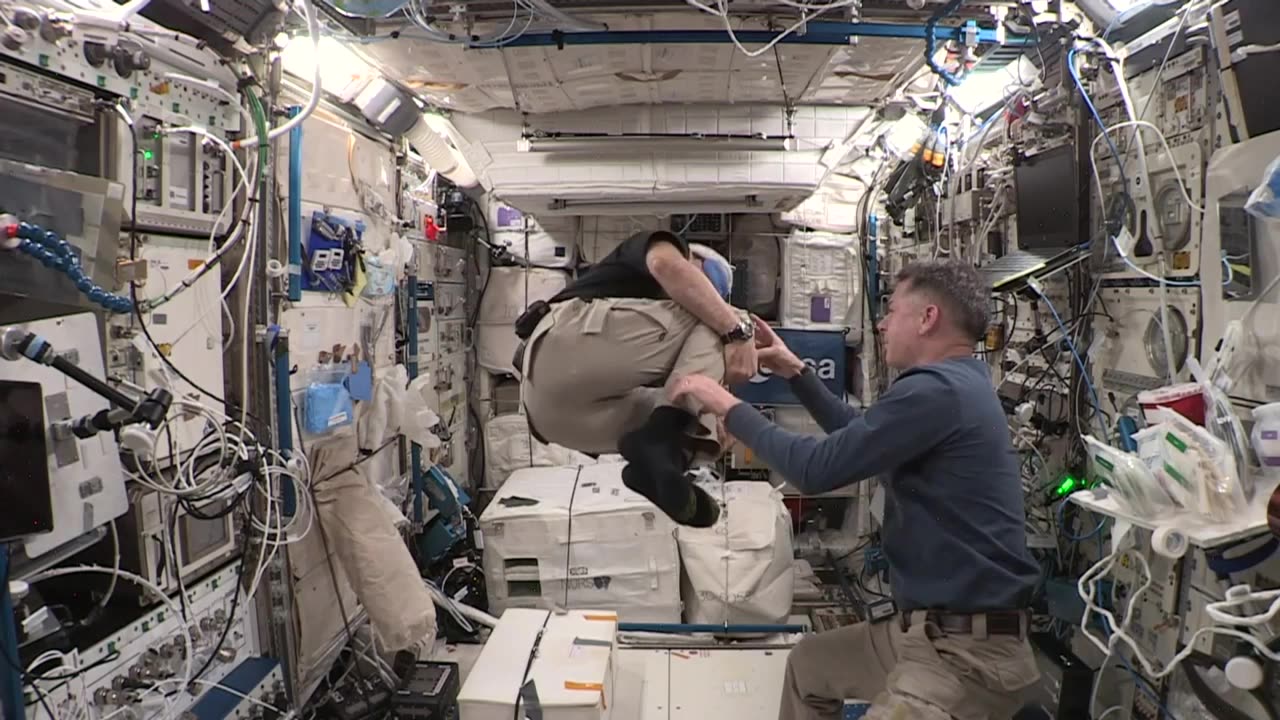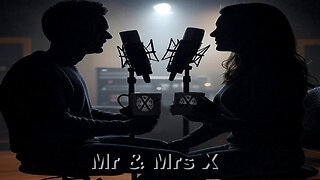Premium Only Content

NASA STEMonstration: Exploring the Vestibular System in Space
NASA's STEMonstration series brings the wonders of space science and exploration to students and educators through engaging, real-world experiments conducted by astronauts aboard the International Space Station (ISS). One of the standout episodes focuses on the vestibular system, the complex network within our inner ear that helps us maintain balance and spatial orientation. In this unique STEMonstration, astronauts demonstrate how the vestibular system behaves in microgravity, offering viewers a rare glimpse into how the human body adapts to the weightless environment of space. The episode highlights the challenges astronauts face as their vestibular systems adjust to the absence of gravity, which can cause disorientation and motion sickness, commonly referred to as "space adaptation syndrome." Through hands-on experiments, the STEMonstration provides a clear and fascinating explanation of the vestibular system's function on Earth and how it changes in space. Students can see the direct effects of microgravity on human physiology, sparking curiosity and inspiring the next generation of scientists, engineers, and explorers. The educational value of this STEMonstration is immense, as it combines cutting-edge space research with practical, easy-to-understand science lessons. By bringing the ISS into classrooms around the world, NASA not only educates but also inspires students to pursue careers in STEM fields. The vestibular system STEMonstration exemplifies how space exploration can be a powerful tool for learning, fostering a deeper understanding of our own bodies and the extraordinary environment of space.
-
 LIVE
LIVE
Grant Cardone
3 hours agoHow to Buy Real Estate With NO Money Down (LIVE Training With Grant Cardone)
2,616 watching -
 19:53
19:53
MetatronHistory
17 hours agoRome VS Greece - Ultimate Clash of Civilizations Explained
20.8K7 -
 1:32:33
1:32:33
VapinGamers
2 hours ago $3.01 earnedTools of the Trade - EP12 The Art of Story Telling with MidnightinTheMountains - !rumbot !music
9.37K1 -
 LIVE
LIVE
SOLTEKGG
1 hour ago🔴LIVE - Battlefield 6 - Going Pro in RED SEC
195 watching -
 LIVE
LIVE
Midnight In The Mountains™
3 hours agoThe Midnights Play Arc Raiders | Loot Scoot and KILL | Crypto Wallet up n running GO JOIN THE BETA!
136 watching -
 53:25
53:25
X22 Report
4 hours agoMr & Mrs X - Trump Is Using The Same Tactic As Our Founding Fathers To Rebuild America - EP 17
66.9K16 -
 LIVE
LIVE
PudgeTV
1 hour ago🟣 Arc Raiders - Gaming on Rumble | Going Topside w My Daughter’s Husband
90 watching -
 2:05:43
2:05:43
LFA TV
21 hours agoRUMBLE RUNDOWN WEEK 7 with SHAWN FARASH 11.22.25 9AM
130K7 -
 LIVE
LIVE
ttvglamourx
2 hours ago $0.60 earnedGLAMOURX VS CALL OF DUTY LOBBIES !DISCORD
135 watching -
 LIVE
LIVE
DannyStreams
4 hours agoSaturday Morning Tarky
97 watching